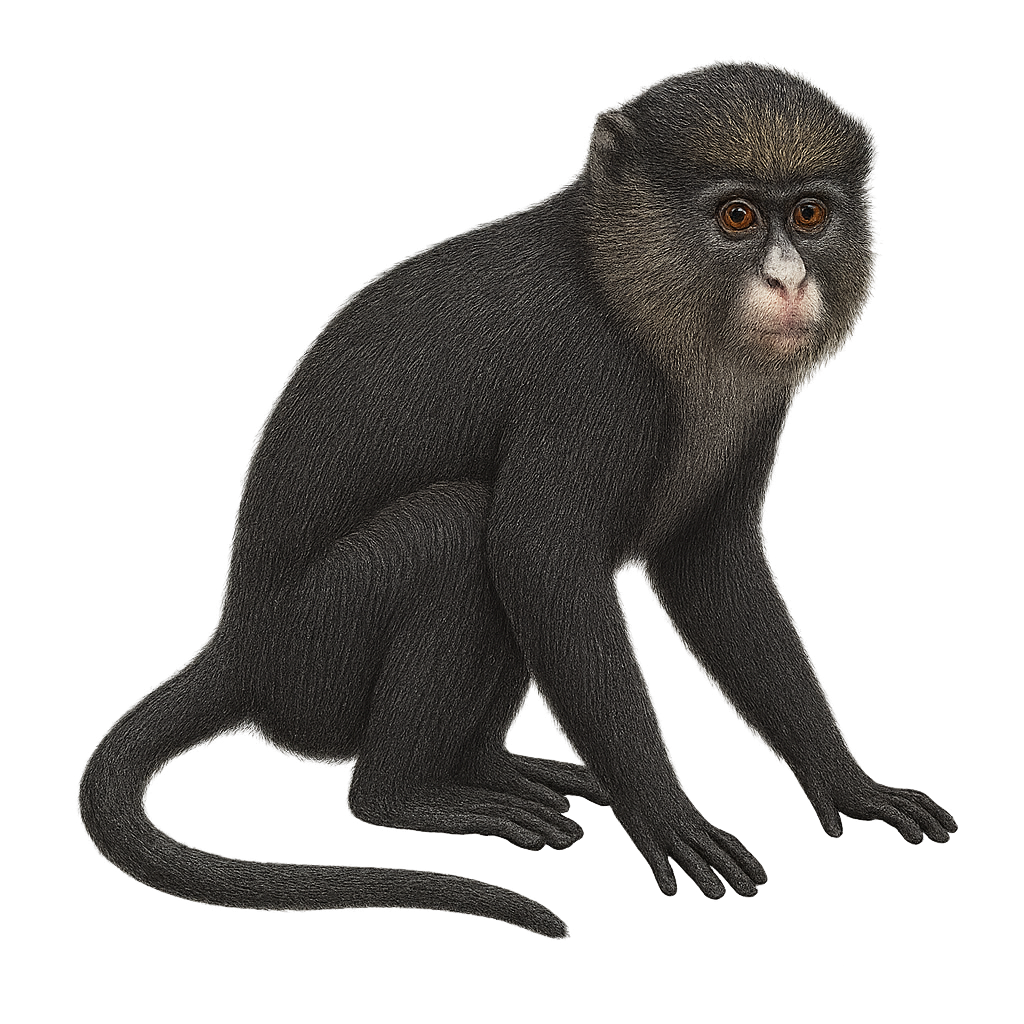Your wildlife photography guide.
Explore the greater spot-nosed monkey in detail, study its behavior, prepare your shots.
Where to observe and photograph the greater spot-nosed monkey in the wild
Learn where and when to spot the greater spot-nosed monkey in the wild, how to identify the species based on distinctive features, and what natural environments it inhabits. The WildlifePhotographer app offers tailored photography tips that reflect the greater spot-nosed monkey’s behavior, helping you capture better wildlife images. Explore the full species profile for key information including description, habitat, active periods, and approach techniques.
Greater Spot-nosed Monkey
Scientific name: Cercopithecus nictitans

IUCN Status: Least Concern
Family: CERCOPITHECIDAE
Group: Mammals
Sensitivity to human approach: Suspicious
Minimum approach distance: 10 m
Rut period: August to October
Gestation: 160-170 jours
Births: January to March
Habitat:
Tropical forests, lowland forests, montane forests
Activity period :
Primarily active during the day, with peak activity in the morning and late afternoon.
Identification and description:
The Greater Spot-nosed Monkey, scientifically known as Cercopithecus nictitans, is a medium-sized arboreal primate found primarily in the tropical forests of West and Central Africa. It is distinguished by a characteristic white spot on its nose and a grey-green coat. This social monkey lives in hierarchical groups led by a dominant male. Omnivorous, it feeds on fruits, leaves, insects, and small animals. Its alarm call is used to warn the group of predators. Although its habitat is threatened by deforestation, it remains relatively widespread.
Recommended lens:
400 mm – adjust based on distance, desired framing (portrait or habitat), and approach conditions.
Photography tips:
To photograph the Greater Spot-nosed Monkey, it is advisable to use a 400mm or longer telephoto lens to capture detailed images without disturbing the animal. Since it is diurnal, aim for early morning or late afternoon hours to benefit from soft light. Be patient and discreet to observe its natural behaviors. Use a tripod to stabilize your camera and adjust ISO settings according to the forest's lighting conditions.
The WildlifePhotographer App is coming soon!
Be the first to explore the best nature spots, track rutting seasons, log your observations, and observe more wildlife.
Already 1 430 wildlife lovers subscribed worldwide

